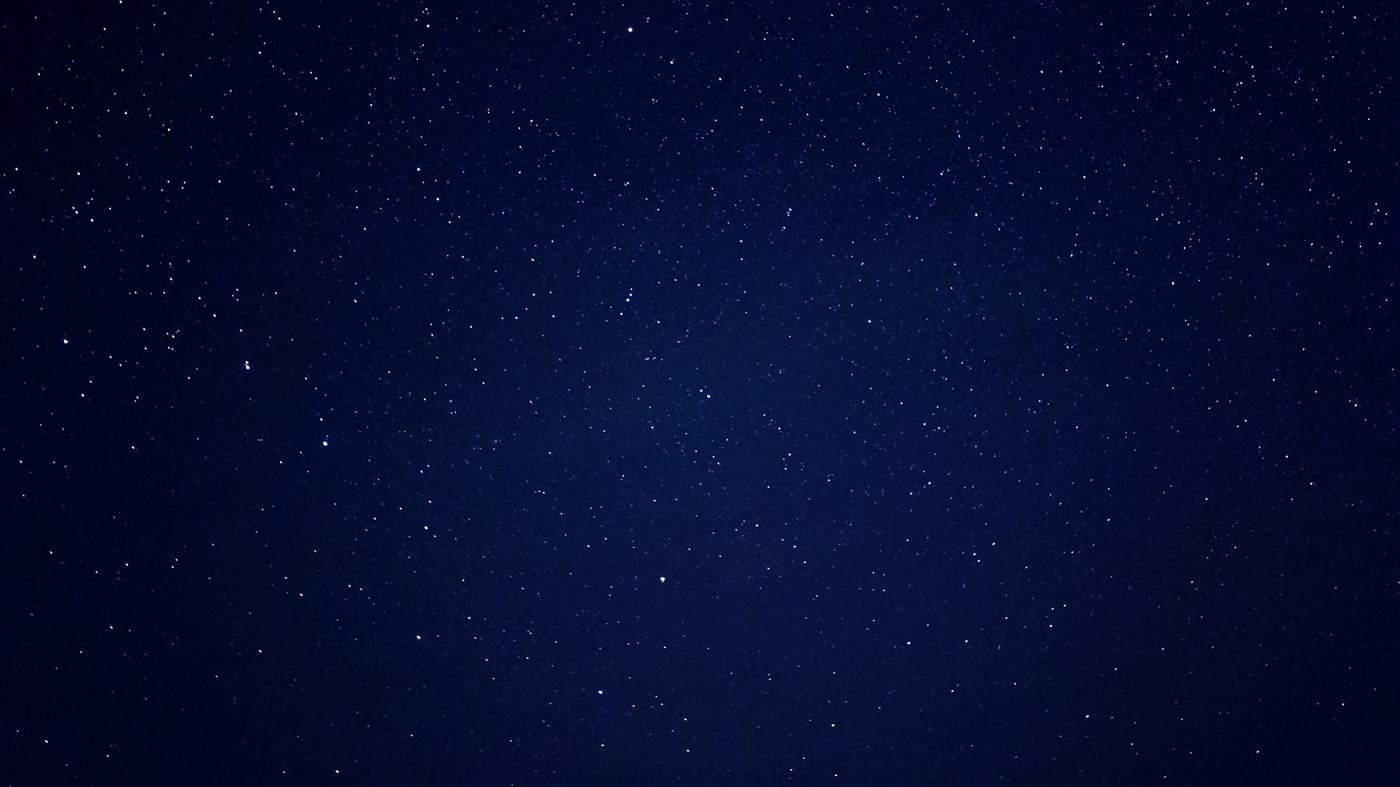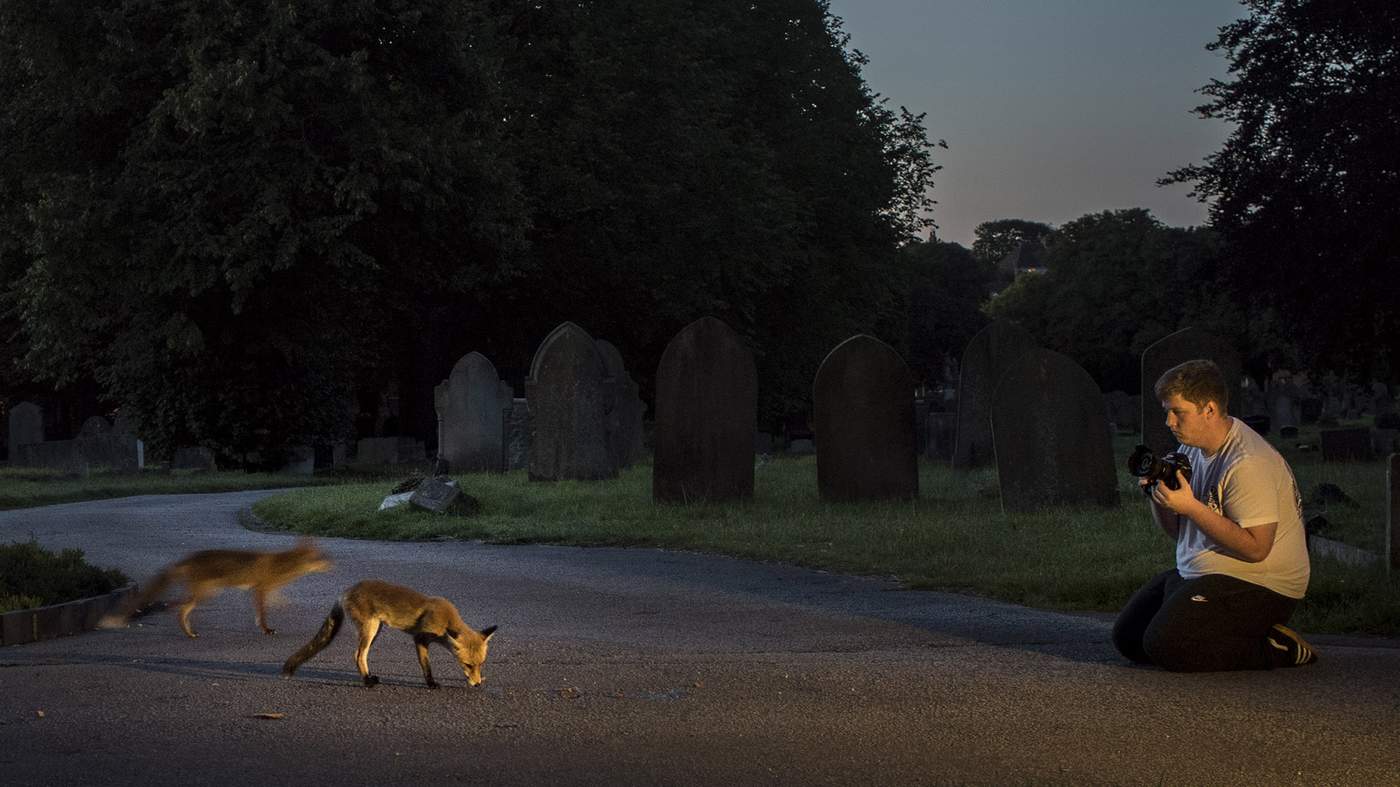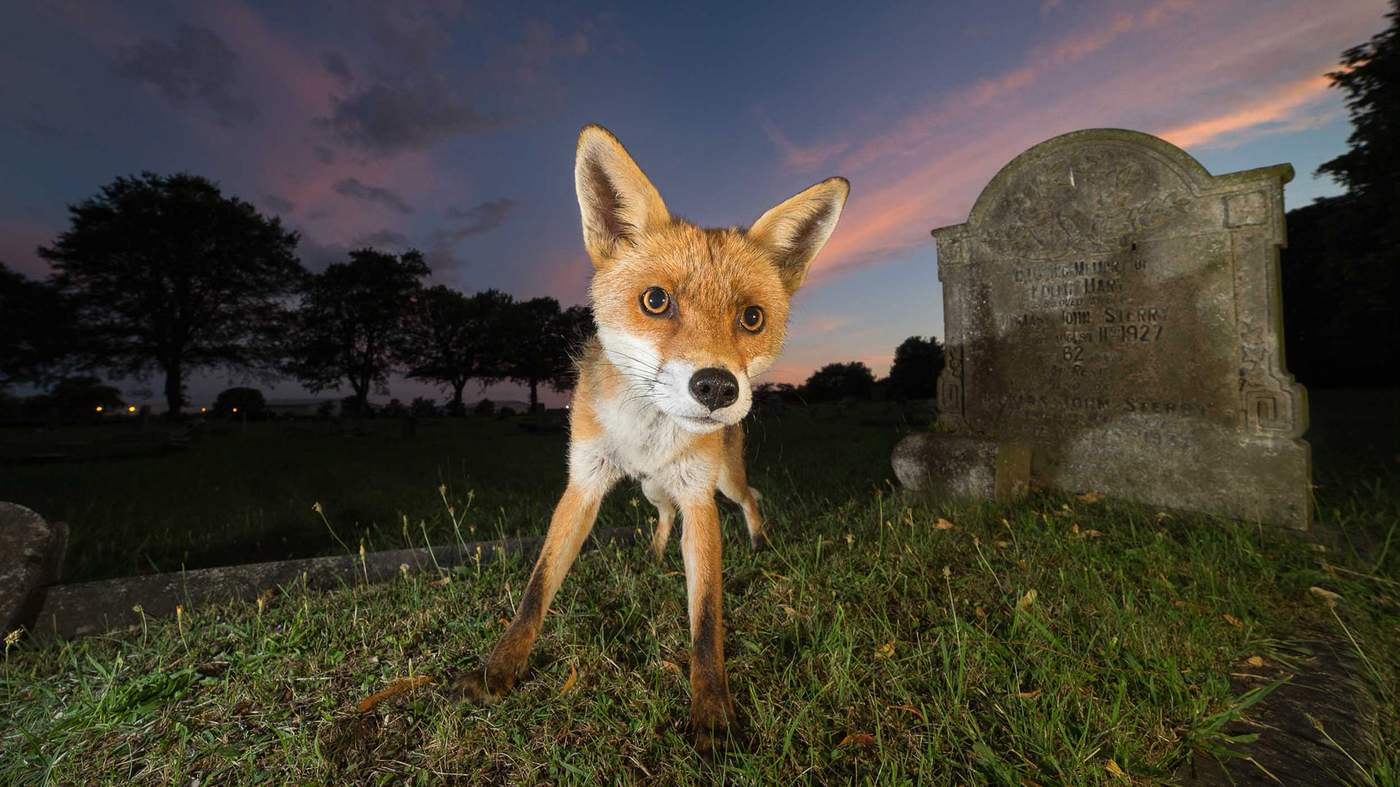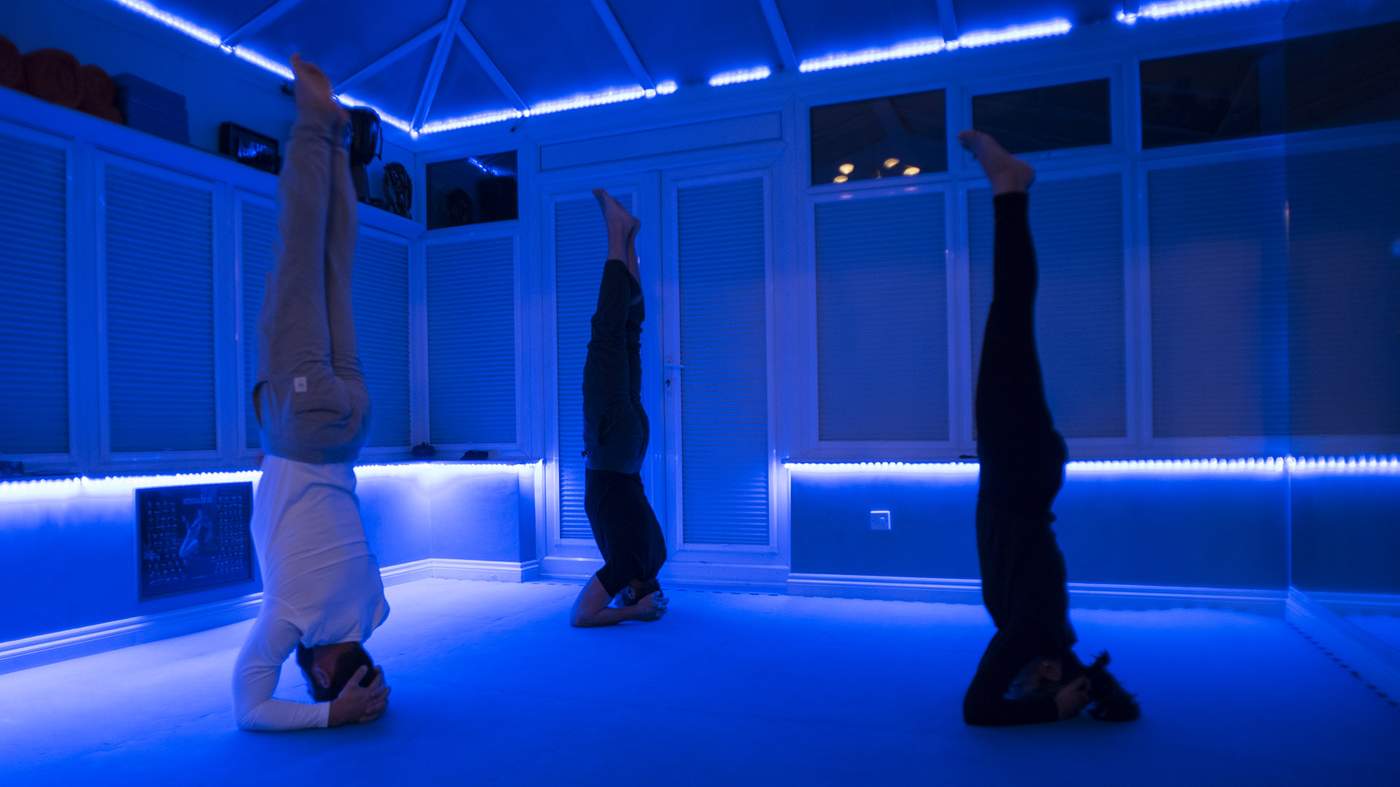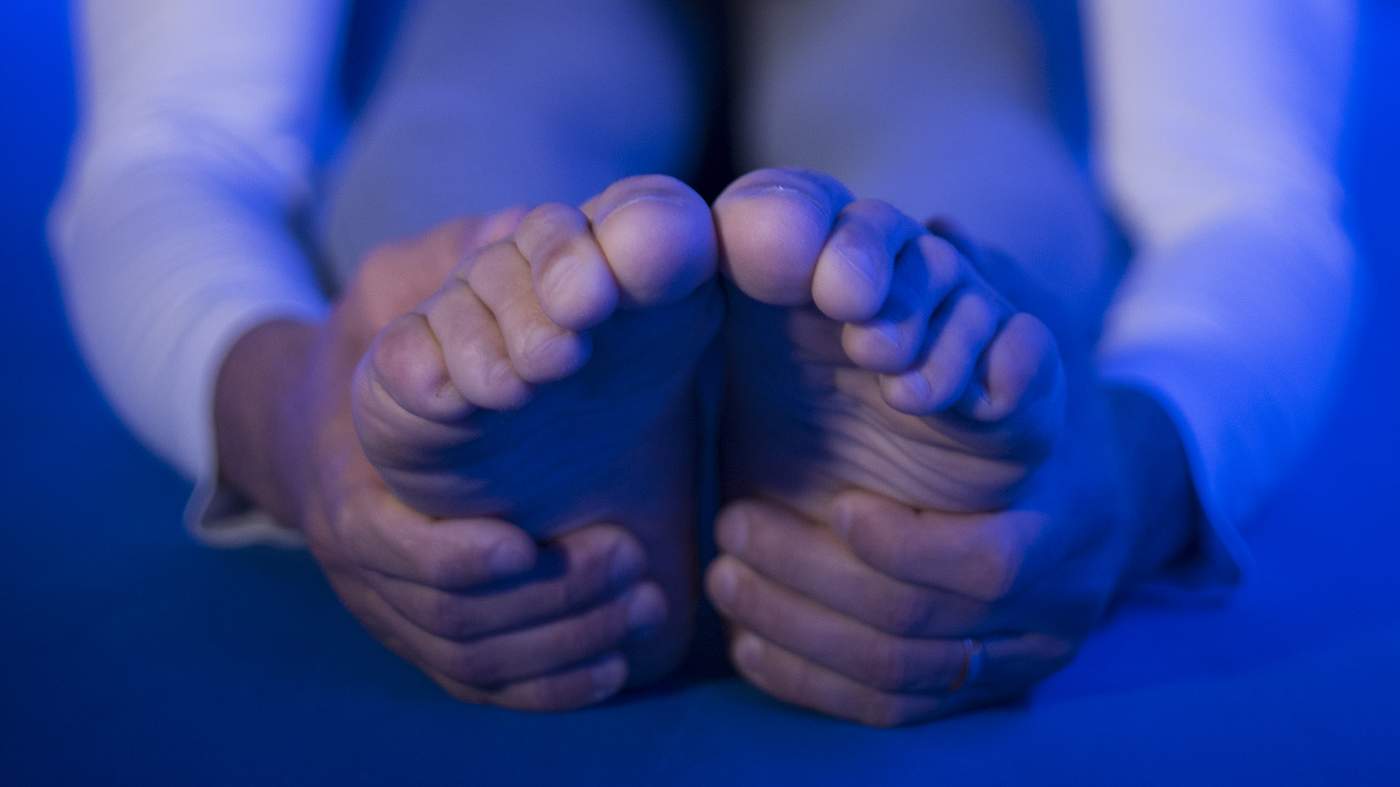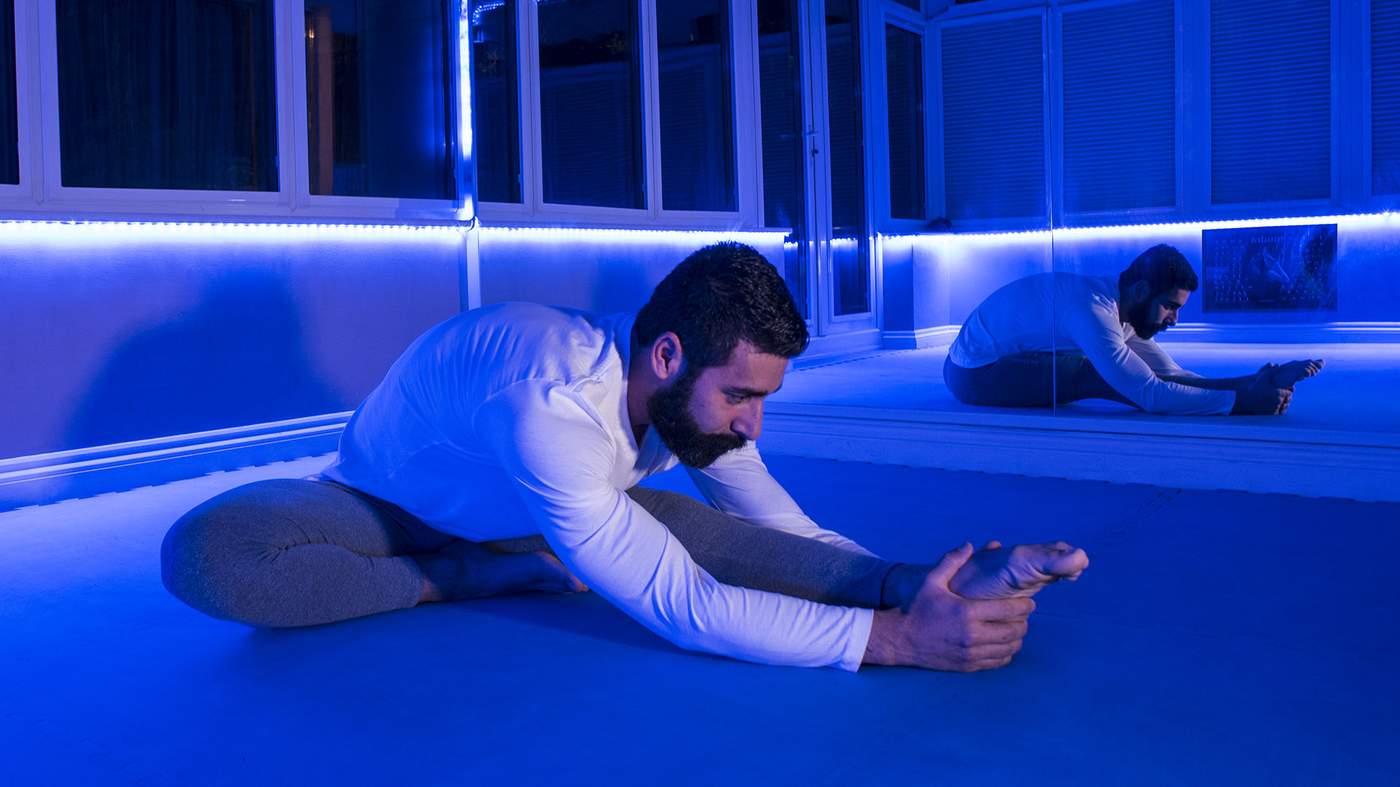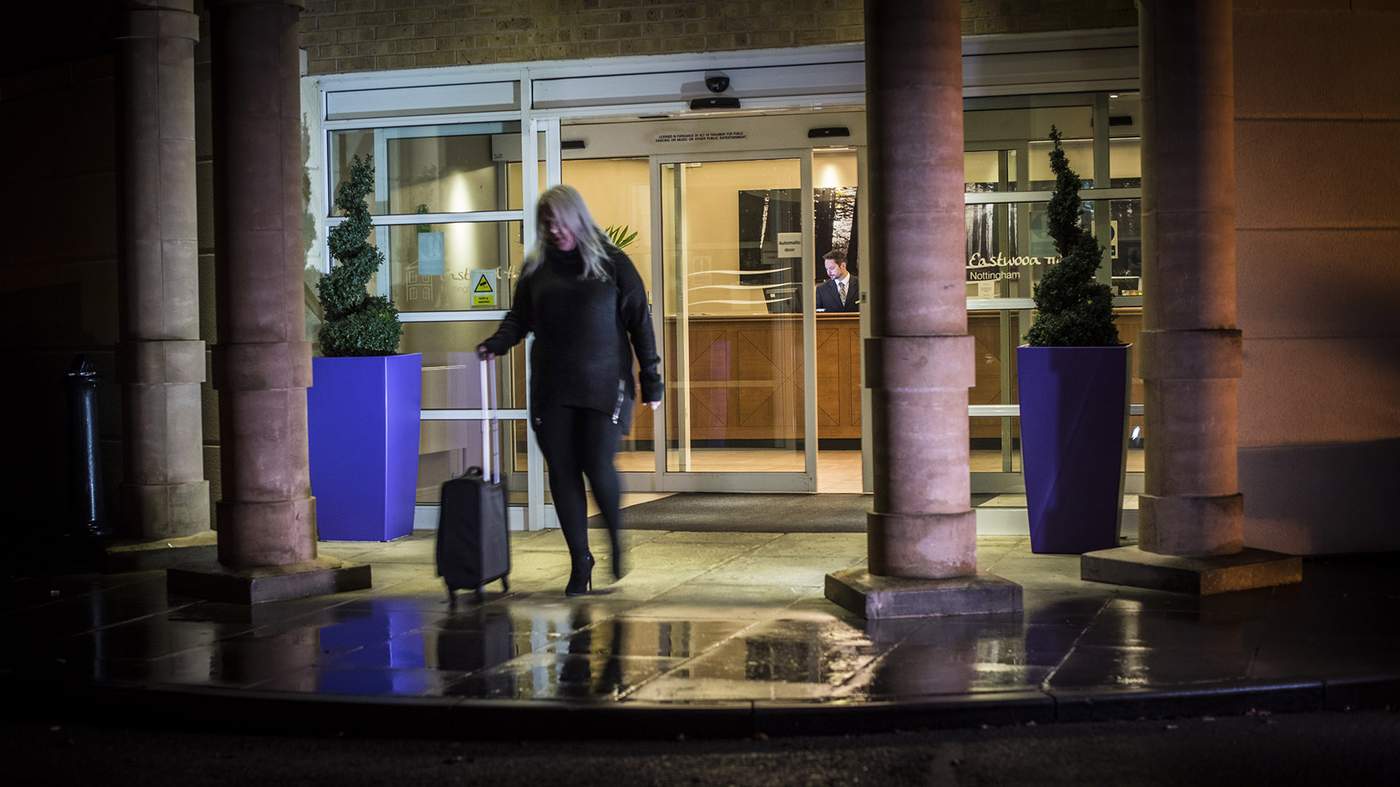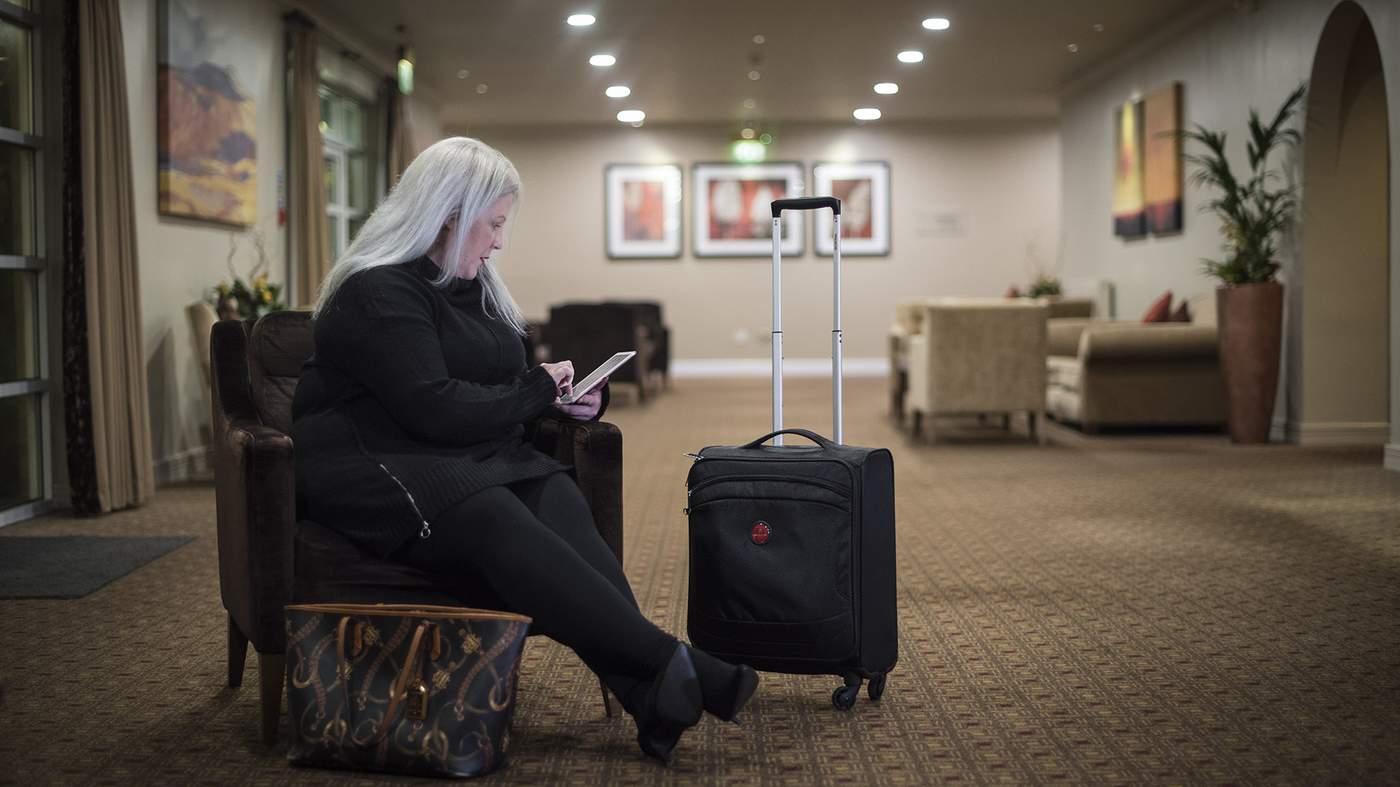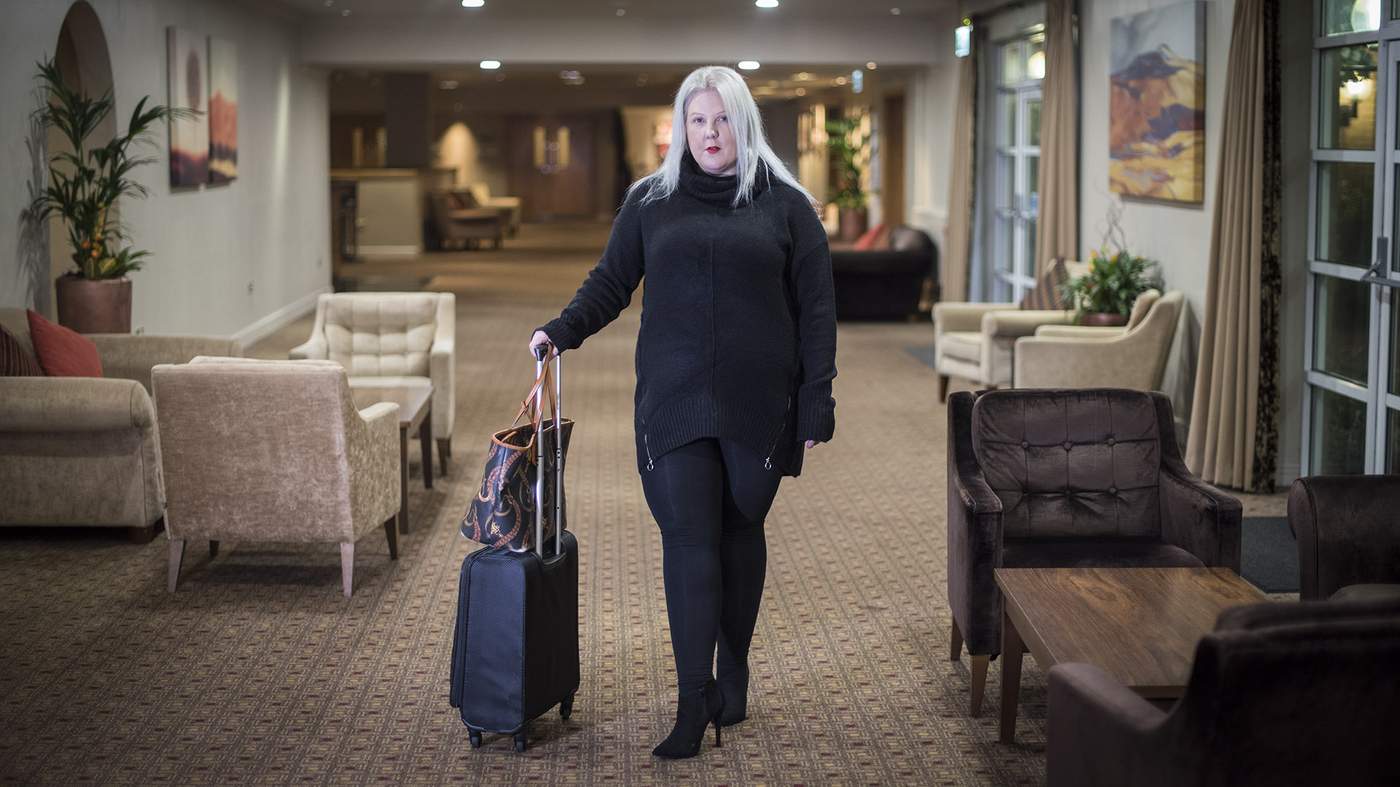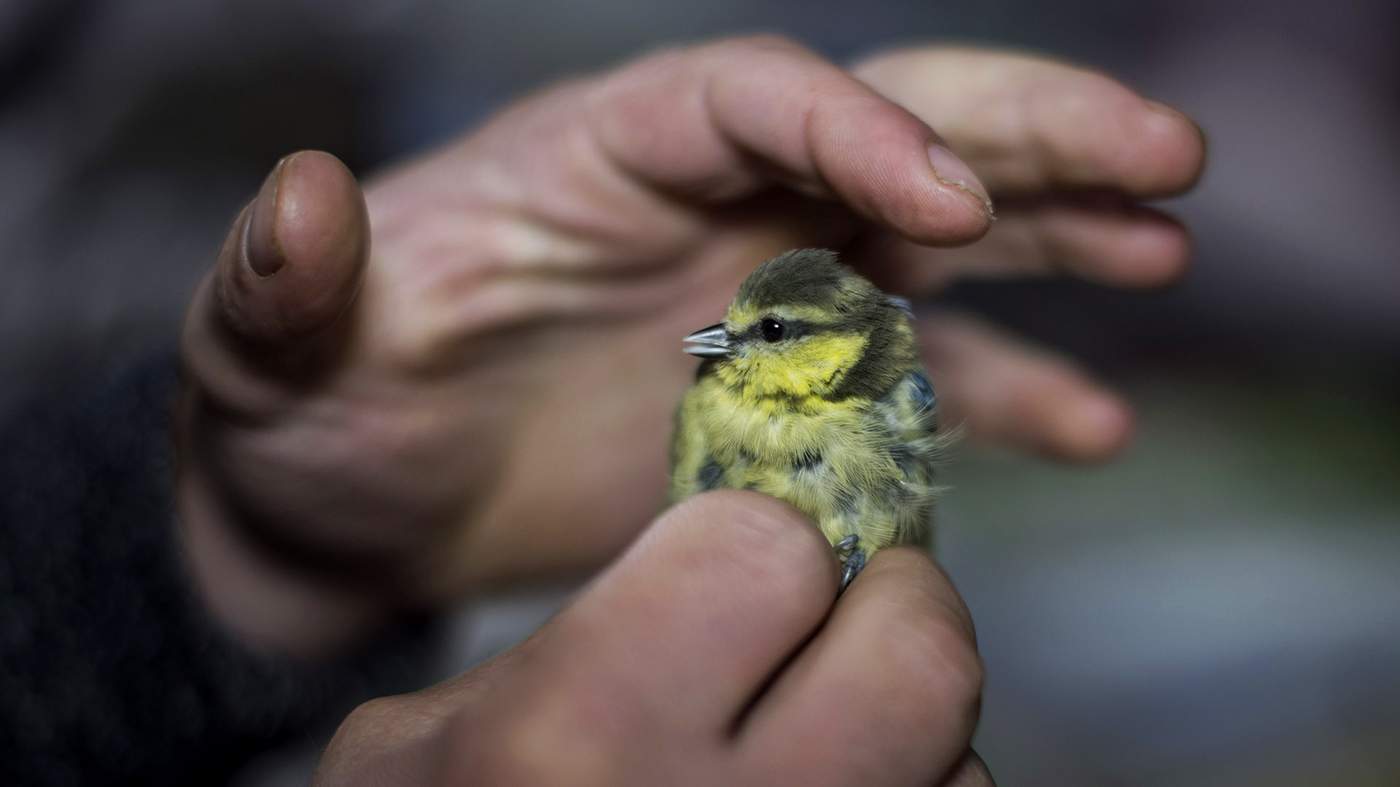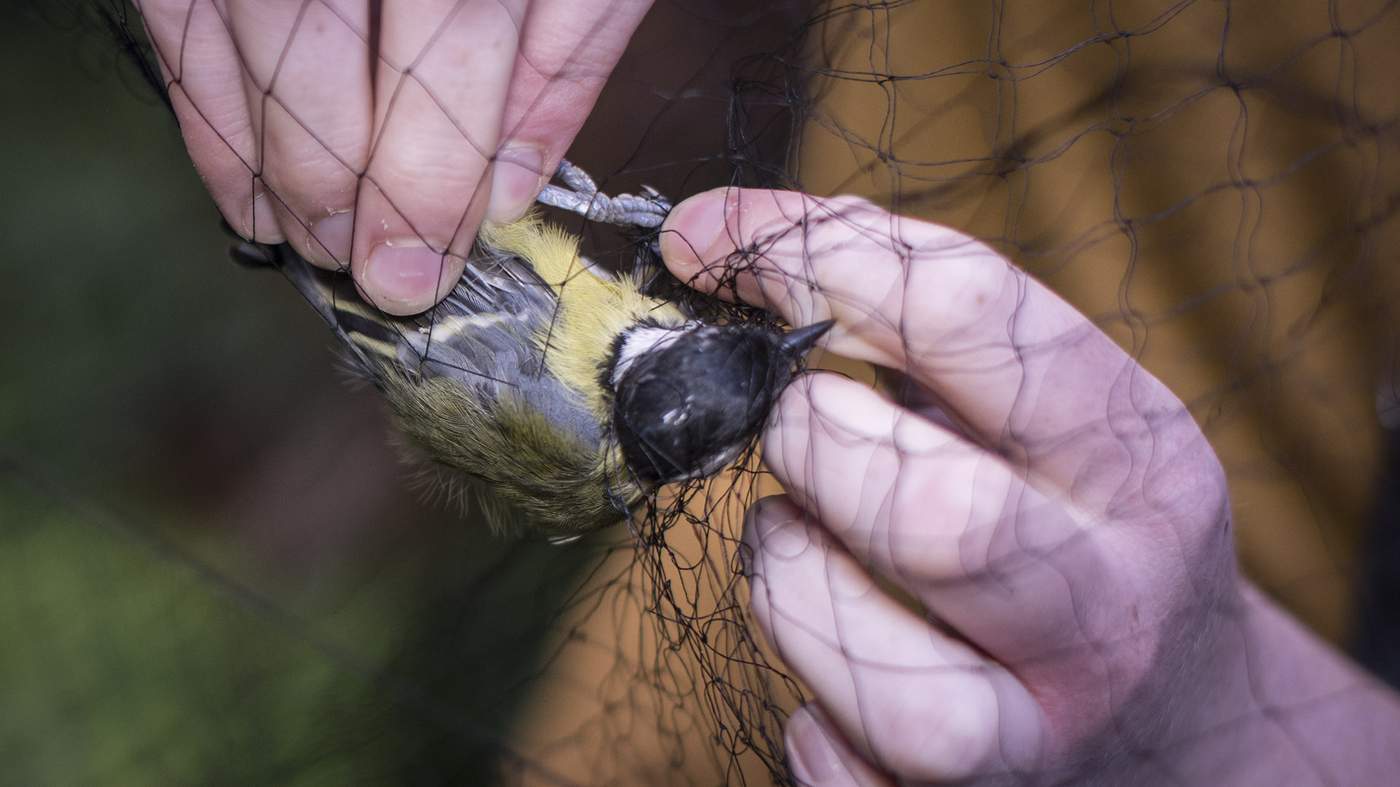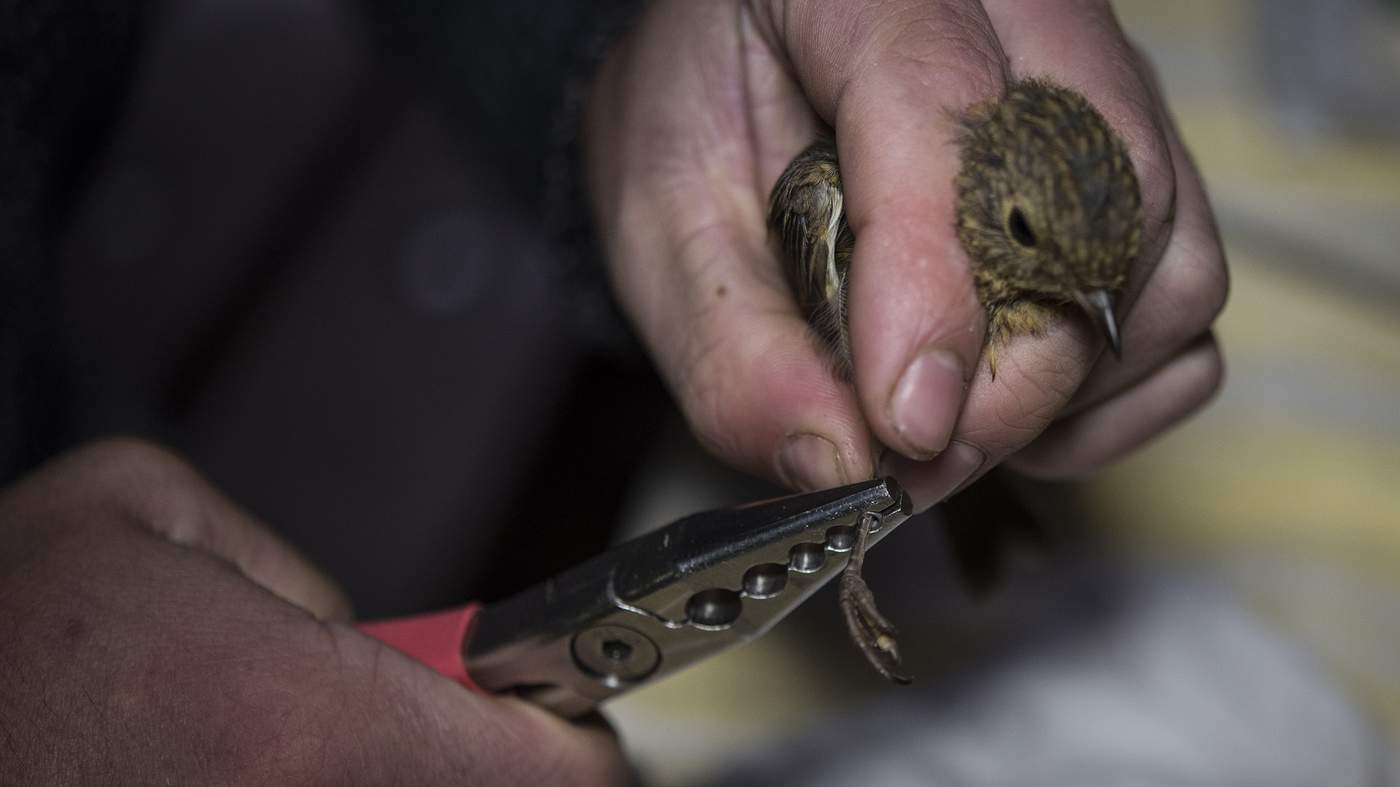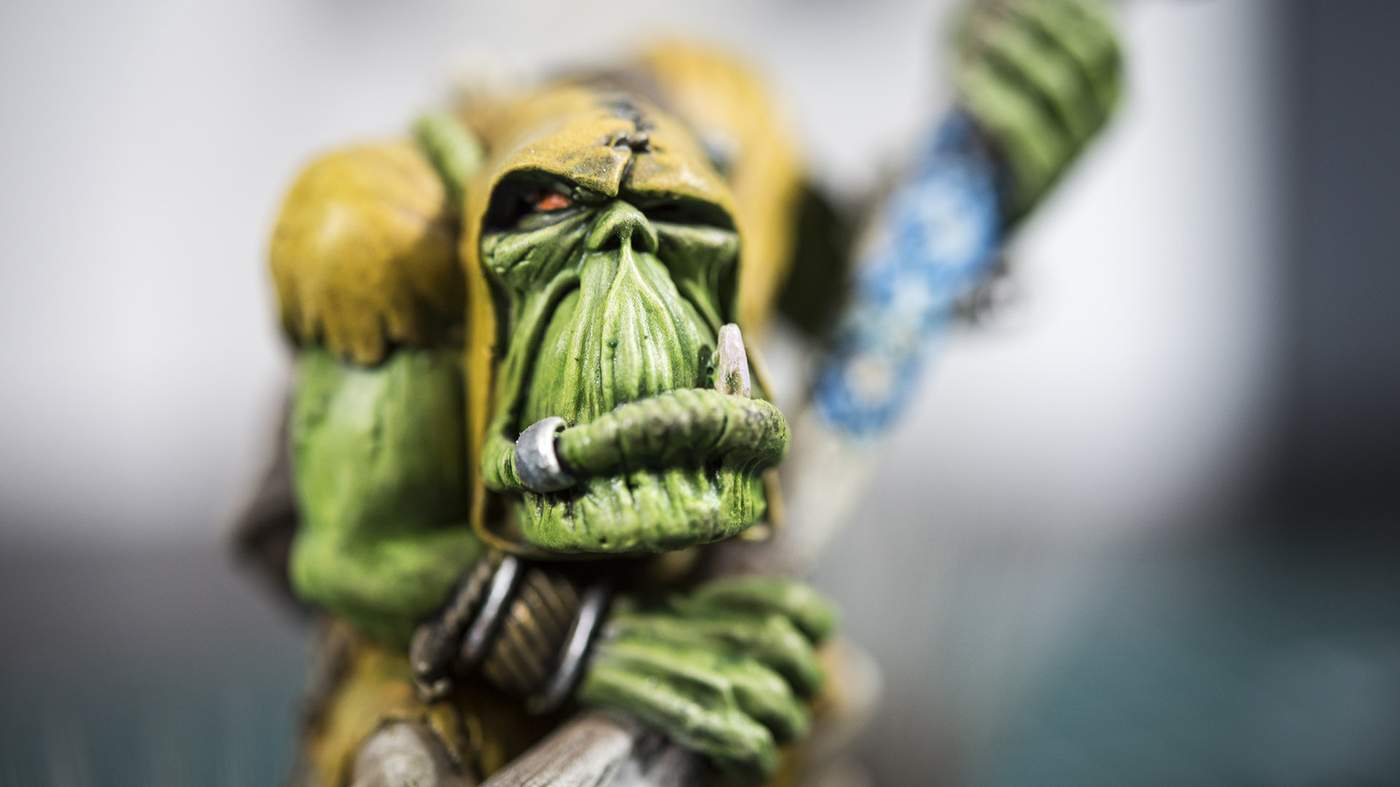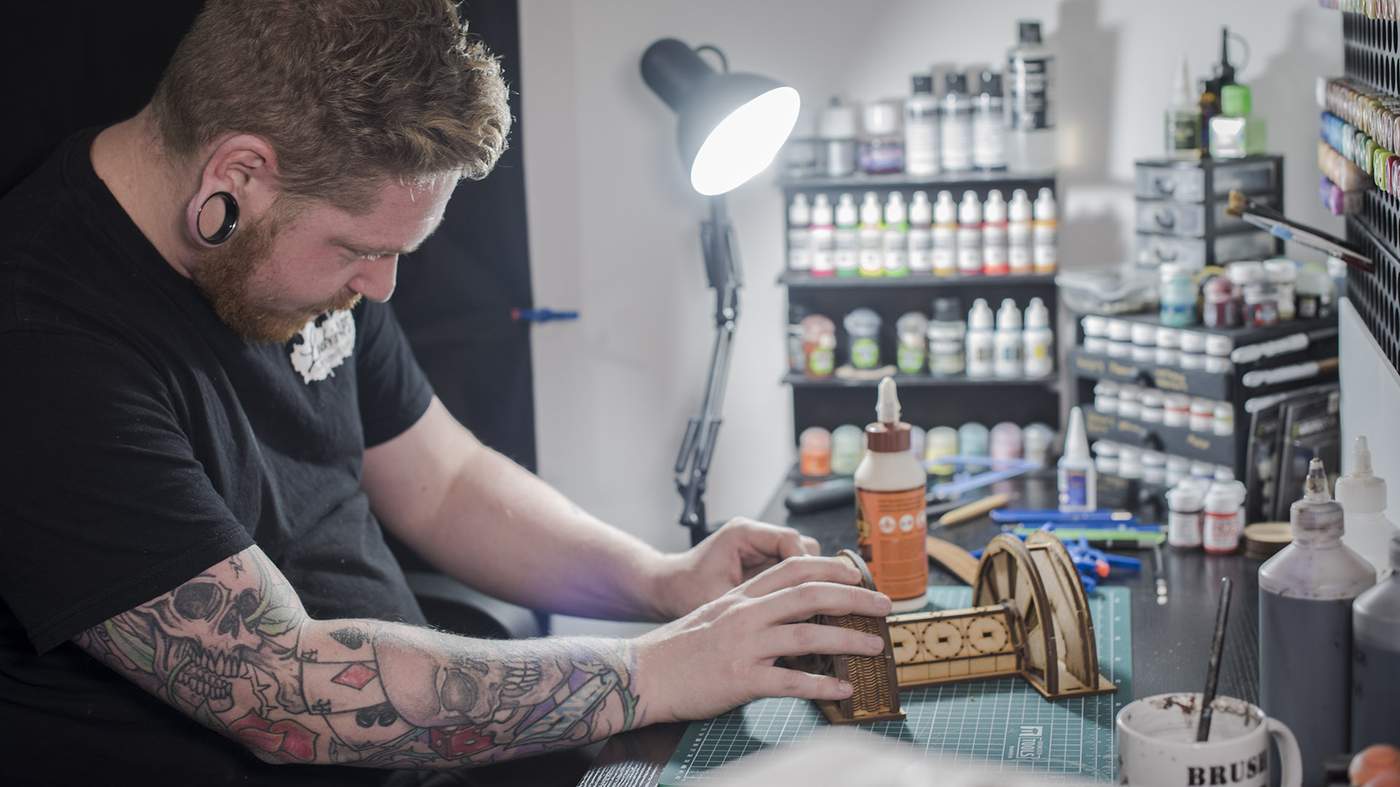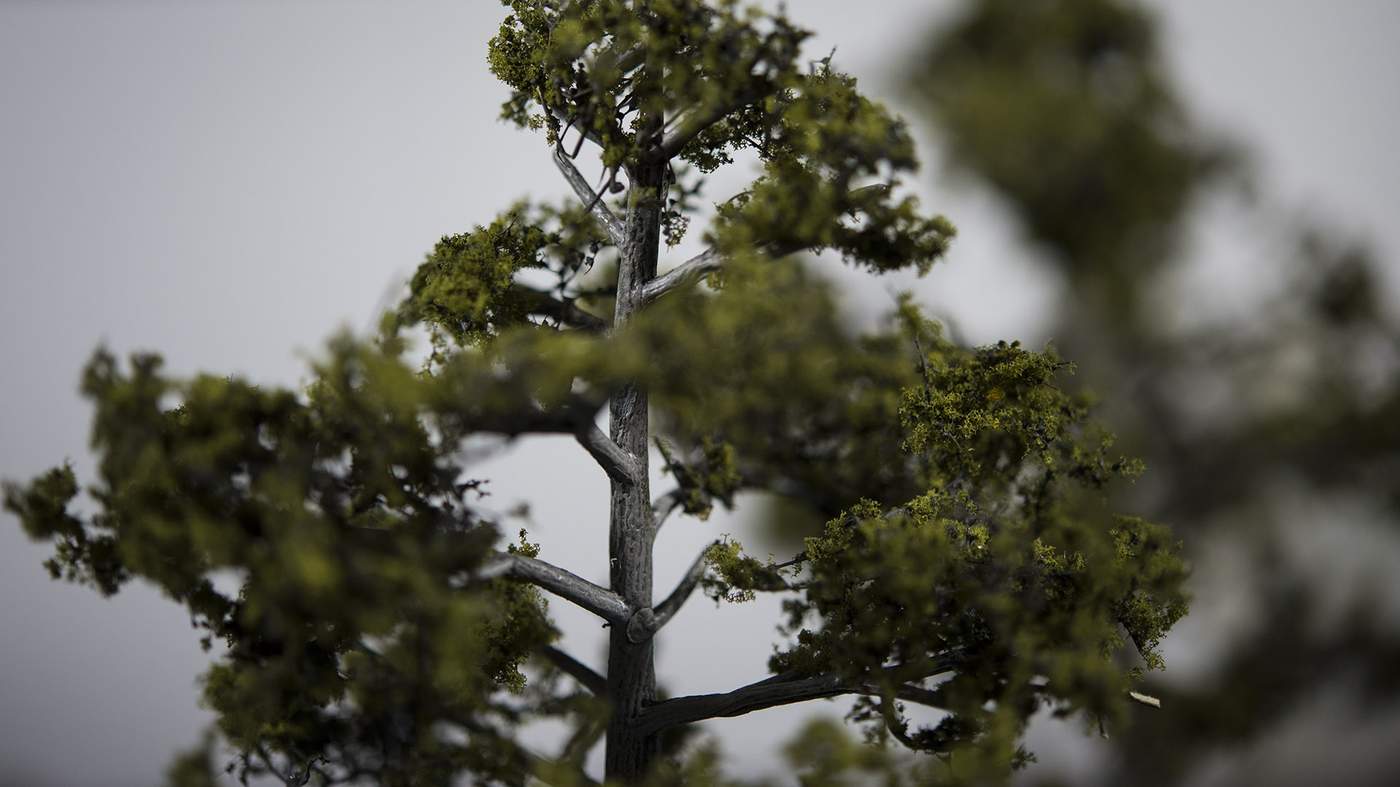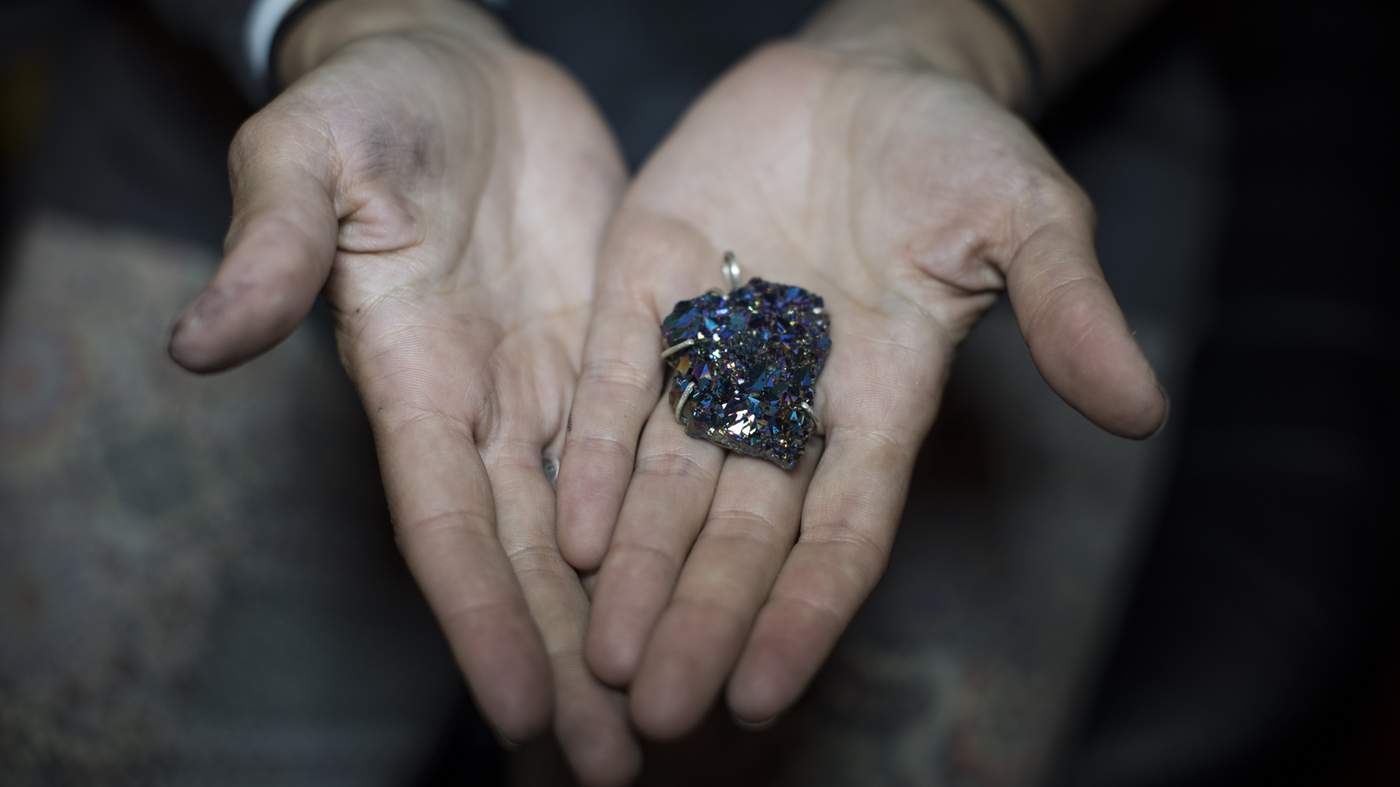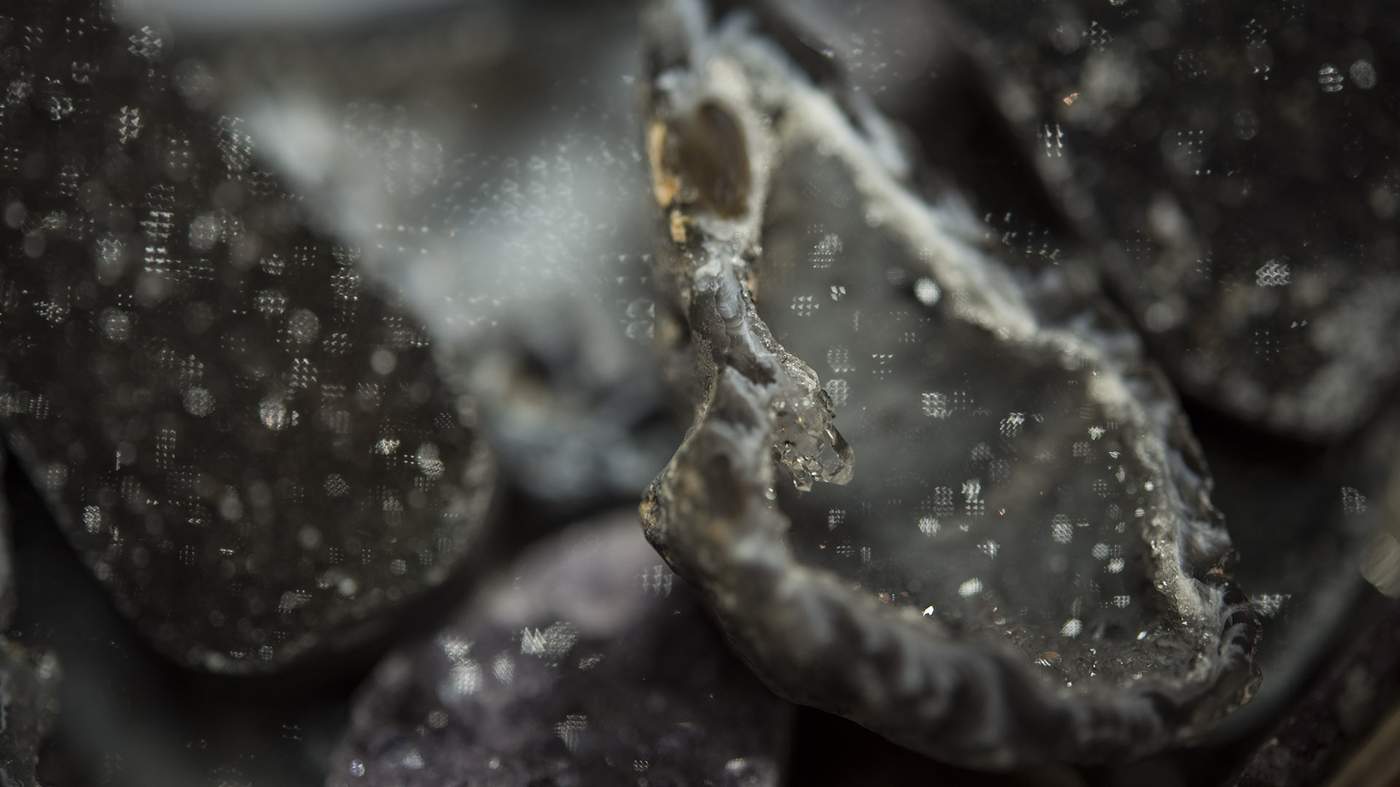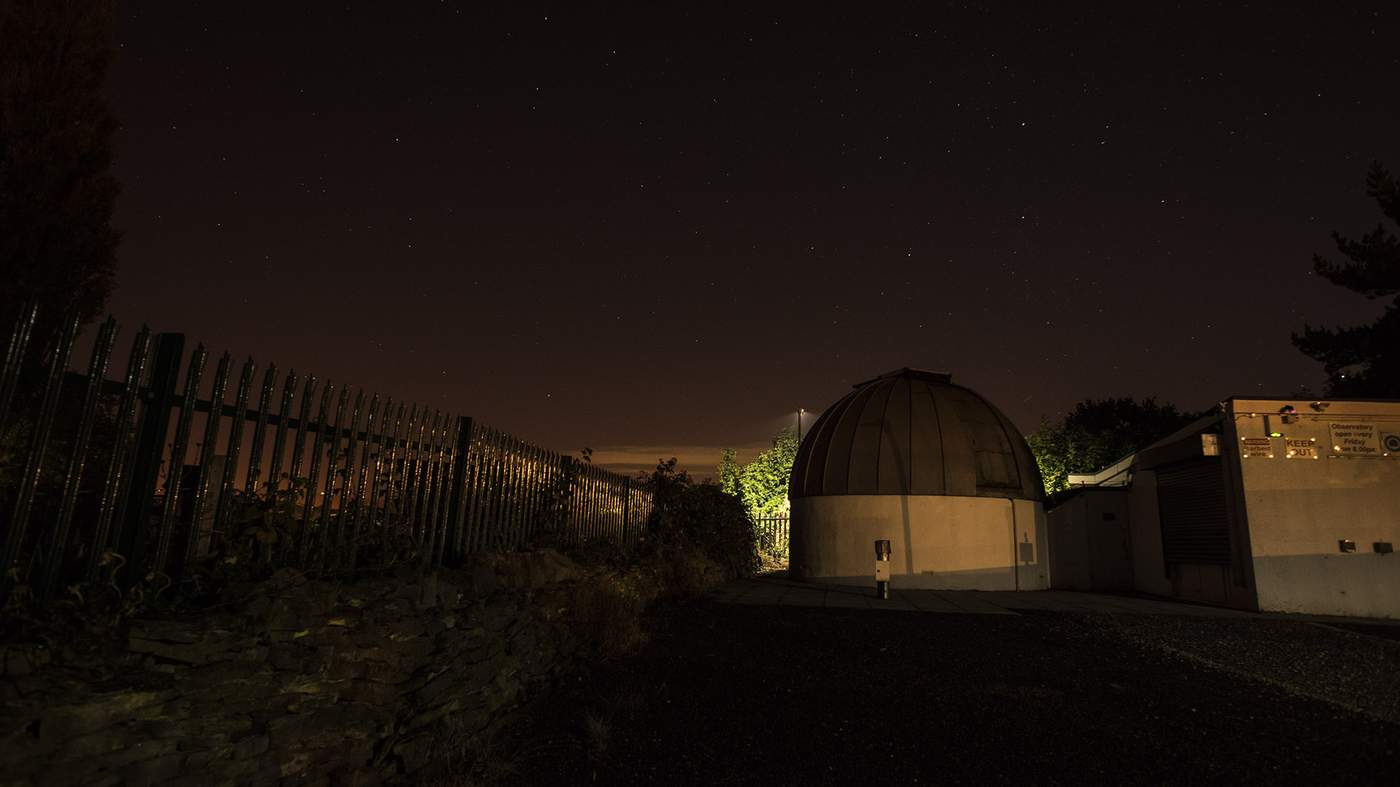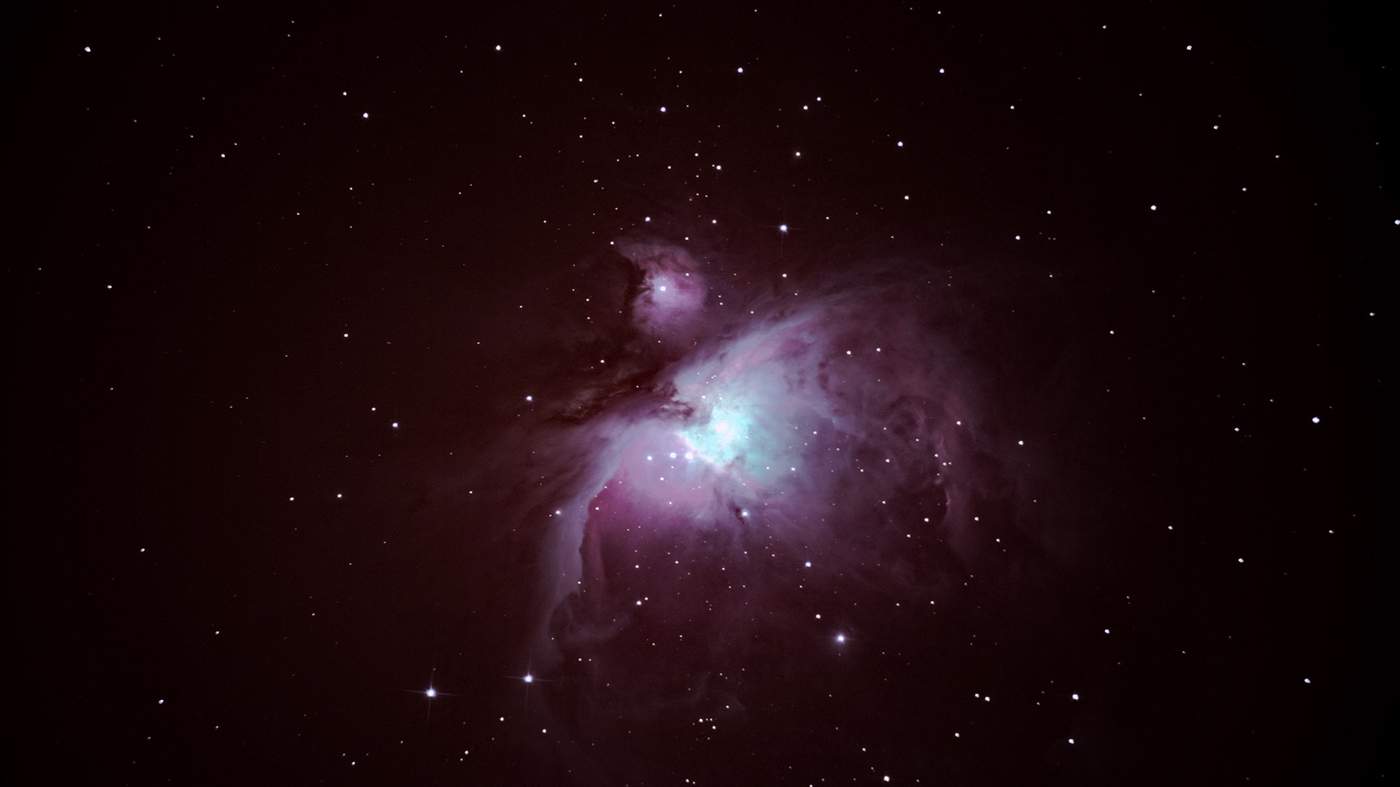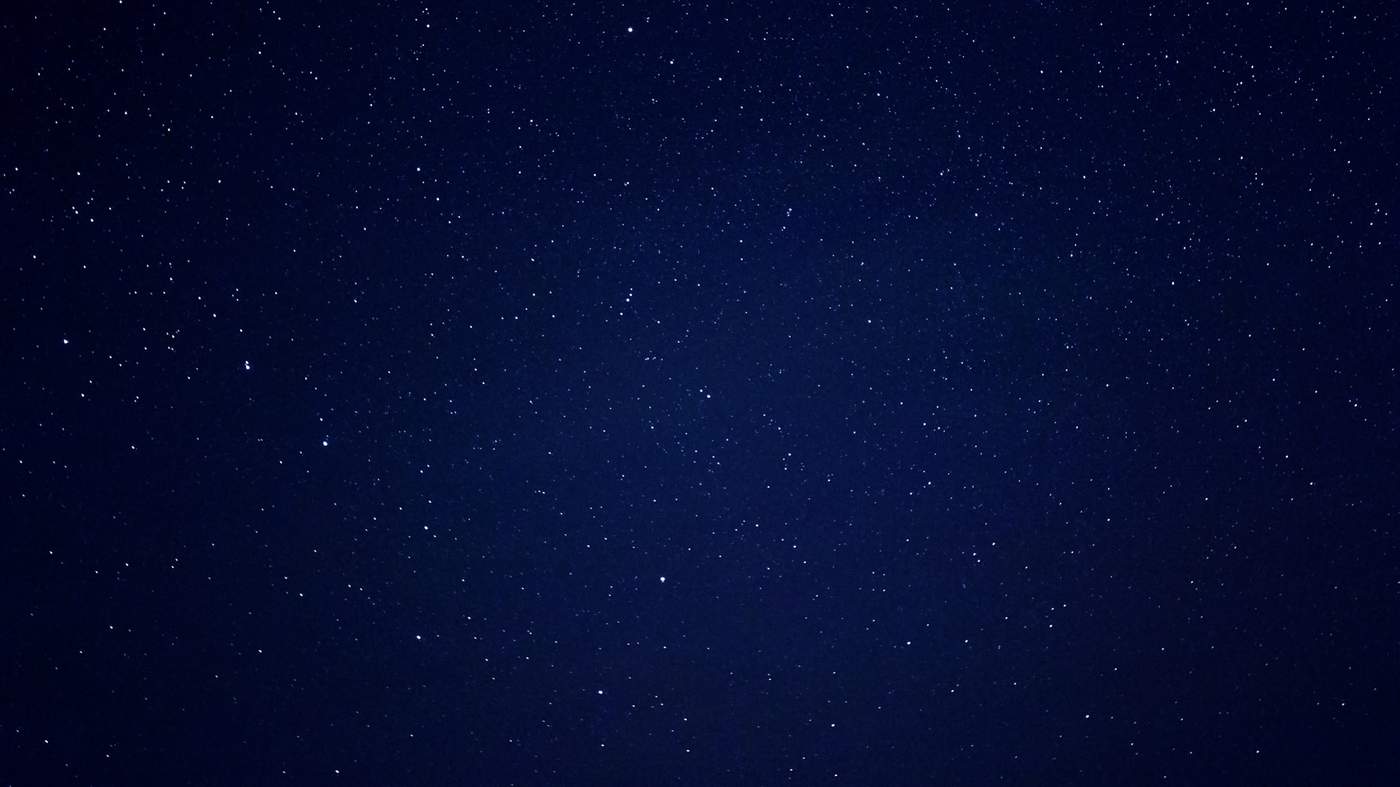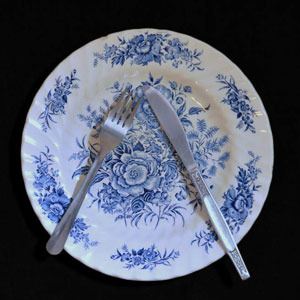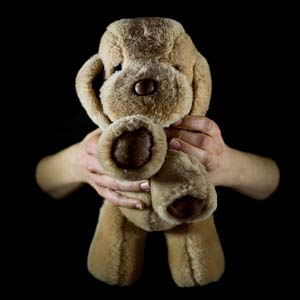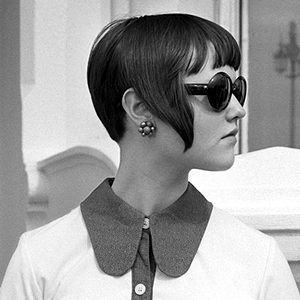Kyle Moore is a young wildlife photographer based on the Suffolk coast. His most recent commission was a trip to Finland to photograph the European brown bear.
I love photographing wildlife, especially during the night. It’s their time, and you can be really close and intimate with the animals. In a flooded market of wildlife images, it’s nice to get something a bit different.
I got my first camera for my 12th birthday, and my interest in wildlife meant my first subjects were barn owls and mammals. Now I specialise in larger animals - foxes and bears are my two main species.
I’ve been working with these foxes - the male and the little female - for a while. I've built a level of trust. When I started, it was all shot on a remote camera. Now they come close.
If this was in the daytime, they’d come nowhere near us.
Thousands of people live here, but if you go out in the early hours and set aside some time, you can unearth the amazing wildlife around you.
Foxes, deer, badgers - they're on your doorstep.
It can be difficult getting up and staying awake, but energy drinks help me.
Diego Lourenço runs early morning yoga classes at his home in north London.
The most auspicious time to practise meditation is 96 minutes before sunrise, a time known as Brahma muhurta - the period that precedes the sunrise.
I teach many classes throughout the day, but early morning classes are very different. The body is complaining a lot, but you can shape and point the mind in the direction you want far easier than in the evening.
When everything is quiet internally and externally, you can see yourself better, and it's easier to control the mind.
I always wake up after four hours’ sleep. Tonight I went to bed at 11:30 and then woke up at 3:30. I see how my body is and whether I need sleep or not.
Sarah Dixon worked as a private maternity nurse before setting up on her own as a baby and children’s concierge.
To me, four in the morning normally means the start or end of my day. I often work with international clients, so I could just be flying off, or back, from somewhere.
It doesn’t bother me at all. I was a maternity nurse for so long, I’d be up doing night feeds. I don’t get jet-lag at all, so I can start my day whenever.
Sometimes at this time of the morning, I’m buying clothes for the children [online], or organising activities - such as buying tickets for shows. Or I may be researching nursery and school places for families, or hiring tutors.
I love the quietness of this time; there is no hustle and bustle. There is no pushing and shoving, though airports are pretty much the same at whatever time you are there.
Will Fitch and Mary Goddard catch birds with mist nets so they can put small metal rings on them. Each ring is inscribed with a unique code, so they can better understand the birds behaviour.
We have to get the nets up before first light, so in summer that means 03:30. If we put them up in the light, the birds will see us. They are cleverer than we realise.
This is such a peaceful time, despite the rain today. No-one else is about.
On drier days, you can hear the barn and tawny owls, or a badger bumbling in the undergrowth. It is a magical time. You can freak out, though, in these dark woods when you hear rustling.
Many bird species are in decline, so we want to catch as many as possible and study where they go. This may help to find out what is causing the decline. We did four years of training to get the licence to do this. This is because we are handling small birds and removing them from the nets. We want them to fly away nice and happy.
All the data goes to the British Trust for Ornithology. If you catch a bird that has a ring number that is not your own, you can ping it to them and find out where it was ringed.
Of course, we hope one of our birds will get caught again many miles away so we can learn about their migration.
Will’s distance record for a species caught already with a ring on it was a Chaffinch, ringed in Norway by someone and caught by him in Norfolk last winter.
Nearly 50, 000 birds are ringed in Norfolk annually, the most common being Blue Tits.
Luke Fellows plays the bass guitar in a band called Twice Nightly. Between gigs he found he had time on his hands. One day he picked up a model kit and uploaded a photo of the finished model to a modellers’ forum. Now thousands of people watch his YouTube channel, Lukes Aps.
The reason I’m up at his time is because I lie in bed and can’t sleep when I have an idea in my head. I’m more productive at night. When I had a normal job, I’d sort of stumble through the day and then get home and have a productive evening and night.
There are no distractions, people don’t phone you, though there are always other hobbyists out there working on a model at this time.
Perhaps that’s why I am pale and have bags under my eyes. I’m 30 and look 40!
I call myself a miniature model painter, but it’s something people say under their breath. I thought nobody else did it, nobody wanted to talk about it - it’s a bit of a nerdy thing.
I used to work with my dad when I was younger, decorating - fine art stuff, rosette cornering and the like. Skills like dry brushing are a transferable skill.
As soon as I put my work out there, people were sending me models so I could paint them. I can get paid for something I enjoy, and I don’t even have to buy the model.
My most successful videos are on how to make water effects.
I ride motor bikes and travel around the Lakes looking at the scenery. I will spot something I can use, a colour for a rock or something. It makes my models more realistic, rivers are not blue and trees are not just green.
I made a model with a waterfall and river coming down the middle. It took about four pints of resin. That would cost a fortune from a model shop, but I sourced it in bulk from a boat builder. That’s what people want, to see ways to make stuff cheaper for themselves.
Apparently, some people just watch me as they find it relaxing. I find the Yorkshire accent quite harsh, and I hate listening to my own voice. But people seem to like it - they call me Bob Rossi Yorkshire.
Belma Mahmut is a crystal healer and Reiki teacher. She works out of a small bedroom in her home, selling natural and polished crystals. She also sells jewellery at festivals across the country.
I don’t get up at four, I am normally still up at that time. It is when I am most creative.
Everything is peaceful, and Facebook is not going off. There are always distractions during the day. At night, it’s nice to just come into what I call my cave, and to be able to make things, or work with a crystal.
Here, I can cleanse my space. This is my creative space.
The crystals are based on chakra [centre of energy] colours. Blue, for example, is to help with the throat chakra. It is about speaking truth and communication.
I always say to people, pick a crystal with your heart.
I have cards that explain each one. But, if you start reading the cards, your ego gets in the way.
It is lovely to be able to share these beautiful stones from the Earth, and to share my passion for them.
Mark Eustace is the president of the Chesterfield Astronomical Society
I don’t normally plan to be out until 4am. It just happens. If you want to see certain night-sky objects, you might want to get out very early or – as is more the case for me – start late at night, and prepare for a few hours of astronomy.
Having set up my photographic equipment, I settle in to look for my favourite deep-space objects while waiting for the Sword of Orion to arise.
There’s something special about early morning astronomy. The sky seems somehow better for viewing. It's as if it has waited for everyone to go to bed and then sighed its relief, clearing away clouds and atmosphere to let its stars shine more brightly.
And there’s a special kind of peace, too. There’s only the occasional sound of an early morning car whooshing down the road. Otherwise, nothing.
It’s not like the silence inside a building, or even in the country. I think it's because urban silence is uncommon, making it seem somehow quite spiritual.
This is a slow process. I want a half hour of exposure from 60 images that I will process afterwards to bring out lots of detail.
A gentle click of the camera’s shutter every 30 seconds is the only sound to interrupt the silence.
